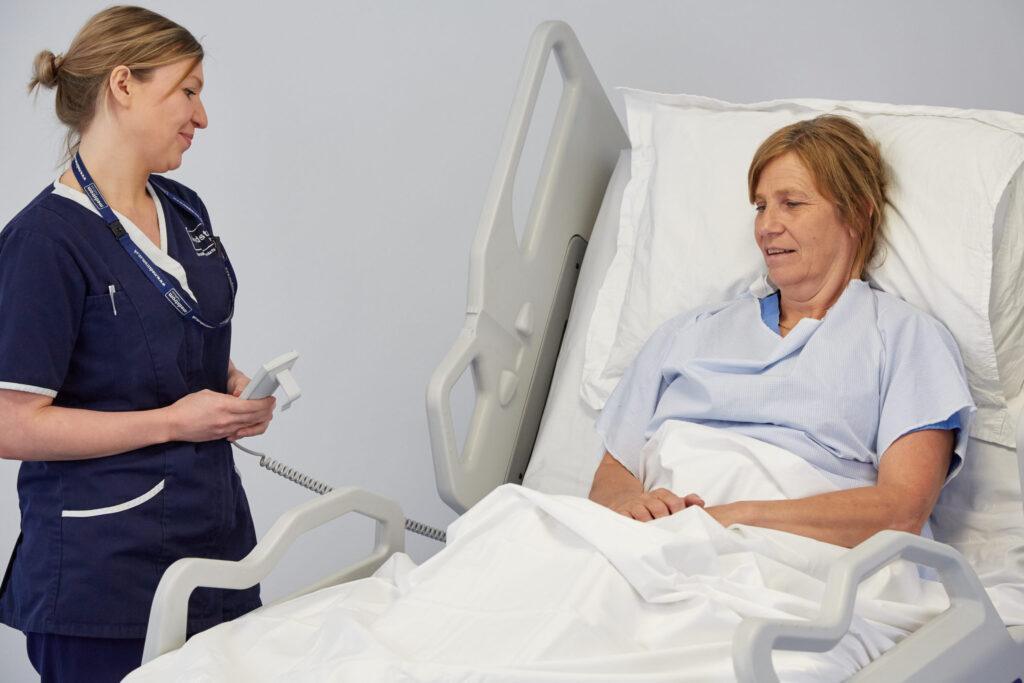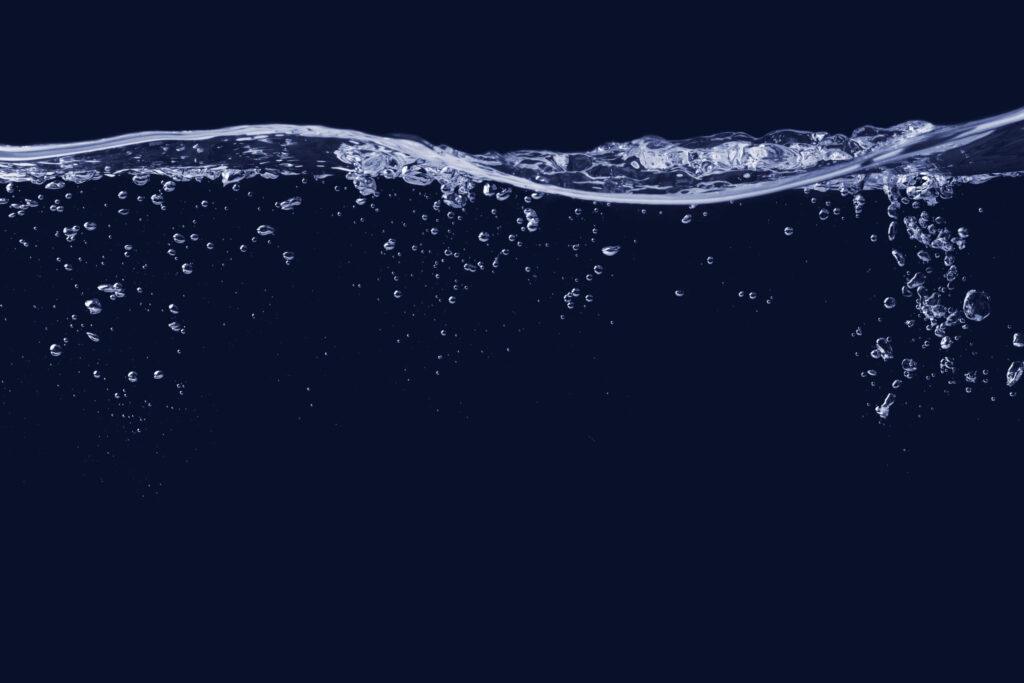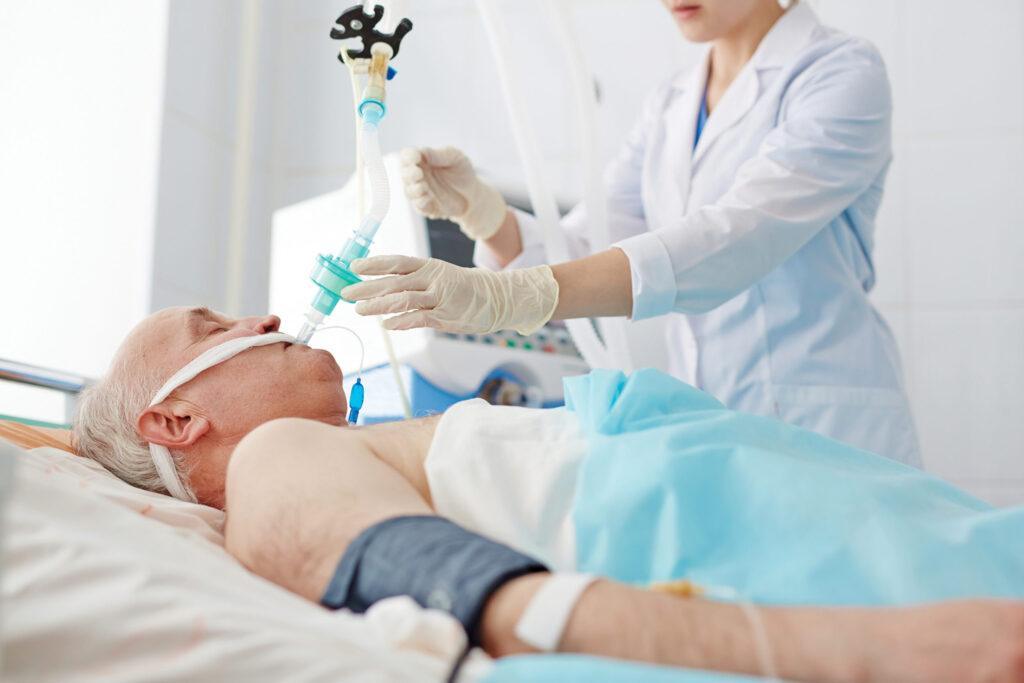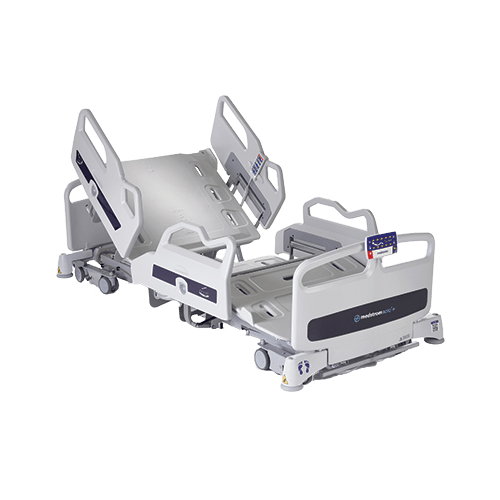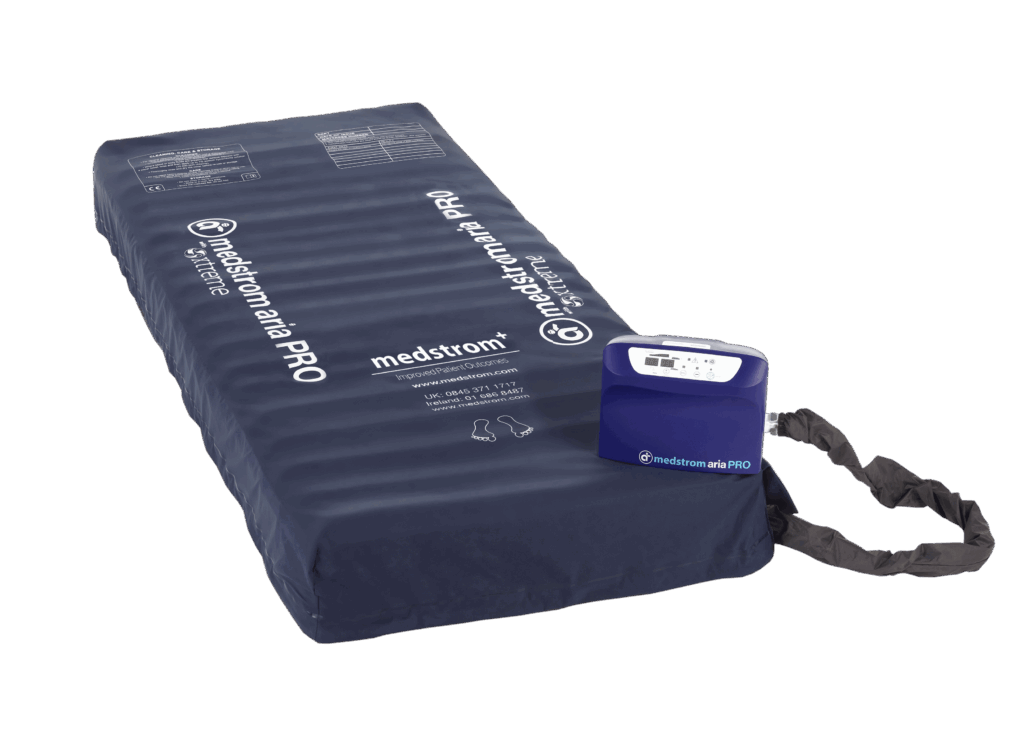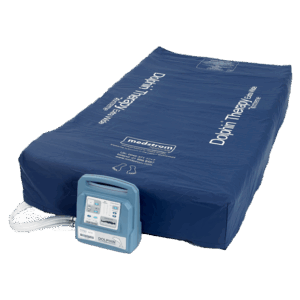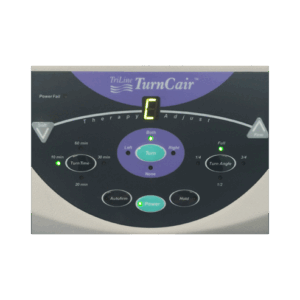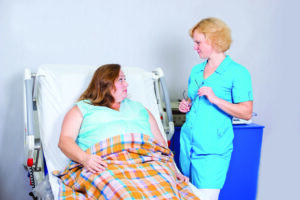
What is the appropriate support surface for a complex plus-size patient?
There are several discussions and published articles that explore the topic of skin damage in plus-sized patients. Clinicians looking after a plus-size patient should be aware of the risks and challenges of maintaining skin integrity and use specialist equipment that can help to either prevent skin damage from occurring, or treat skin damage if it is existing.
The risk factors associated with obesity and the increased likelihood of skin damage are said to be1,2:
- Changes in skin physiology due to a higher skin-weight ratio
- Reduced vascularity
- Reduced perfusion in adipose tissue
- Chronic wounds such as venous ulcers and diabetic foot wounds
- Dietary complications
- Microclimate challenges due to excessive sweating and heat retention
- Limited range of movement, including repositioning
- Heavy abdomen associated with obesity, putting pressure on the patient’s legs, occluding capillaries and decreasing oxygen flow to distal tissue
These complications in addition to multiple co-morbidities that have led to a hospital admission can present an extremely complex patient. Whilst a holistic prevention or treatment plan is needed, one element that is extremely important is identifying the correct support surface. Medstrom have a range of different options dependent on patient acuity, however below explores the two highest specification options for the complex and difficult-to-manage plus-sized patient.
Dolphin Therapy Extra-Wide
Due to its simulated fluid environment, Dolphin Therapy Extra-Wide is another classification of product in comparison to a traditional dynamic mattress. Unique to Medstrom, Dolphin Therapy Extra-Wide has been evidenced to significantly maintain tissue perfusion3, maintain tissue symmetry4 and prevent tissue ischemia5. When a patient is placed on Dolphin Therapy, they are made buoyant. This means the forces that normally compress the soft tissue we lie on (that are particularly higher with a plus-size patient due to a higher weight) are partially offset due to the simulated fluid environment.
Evidence from a 1,000 patient study6 also suggests that in comparison with a traditional dynamic surface, 74% of patients had reduced repositioning when placed on Dolphin Therapy. This can assist staff with manual handling challenges if a patient is significantly compromised or contraindicated regarding repositioning/frequent turning regimes.
Appropriate use of Dolphin Therapy for complex plus-size patients may include (but not limited to):
- Critical care settings where the patient is sedated/ventilated/proned
- End-of-life/palliative care settings where prevention of skin damage or pain management may be an objective
- Burns, vascular surgery, trauma, spinal injuries (where the spine has been stablished)
Whilst Dolphin Therapy is not suitable for every plus-sized patient, it can be utilised for those patients where the risk score is very high and prevention is required, or where existing skin damage is present and wound healing is proving difficult.
For more information on Dolphin Therapy Extra-Wide, click here.
TurnCair 1000
A ‘step-down’ from Dolphin Therapy Extra-Wide, whilst still being a high specification of surface, is TurnCair 1000. TurnCair 1000 is a low air loss dynamic surface with a TurnAssist feature that can assist caregivers to turn the patient from side-to-side. Low air loss therapy uses large volumes of air to redistribute a patient’s weight, reducing contact pressure and achieving immersion.
Low air loss therapy utilises laser cut holes to disseminate the air and provide a continuous flow. The air dissipating from the laser cut holes helps to regulate the temperature, humidity and airflow next to the skin surface, known as the skin microclimate.7 Skin is cooled, so moisture production is reduced and vapour is removed to keep the skin cooler and drier.
The TurnAssist feature can be of significant benefit for manual handling and mobilising the patient, achieving angles of up to 40o with the ability to choose turn side and turn time.
Find Out More About TurnCair 1000
References:
- Anita Rush (2009), Bariatric Care: Pressure Ulcer Prevention, Wounds Essentials, Volume 4.
- Joy Tickle (2015), Prevention and Management of Pressure Ulcers and Moisture Lesions in the Bariatric Patient, Wounds Essentials, Volume 10, No 2 69.
- http://medstrom.com/wp-content/uploads/2021/02/La-Jolla-Tissue-Perfusion-Vascular-Occlusion.pdf
- http://medstrom.com/wp-content/uploads/2021/02/Dolphin-CT-Scans-Tissue-Symmetry.pd
- http://medstrom.com/wp-content/uploads/2021/02/Sparrow-Flaps-Grafts.pdf
- http://medstrom.com/wp-content/uploads/2021/02/Dolphin-Therapy-1000-Patient-Outcomes-Leaflet.pdf
- Kottner J, Black J, Call E, Gefen A, Santamaria N. Microclimate: A critical review in the context of pressure ulcer prevention. Clin Biomech (Bristol, Avon). 2018;59:62-70
